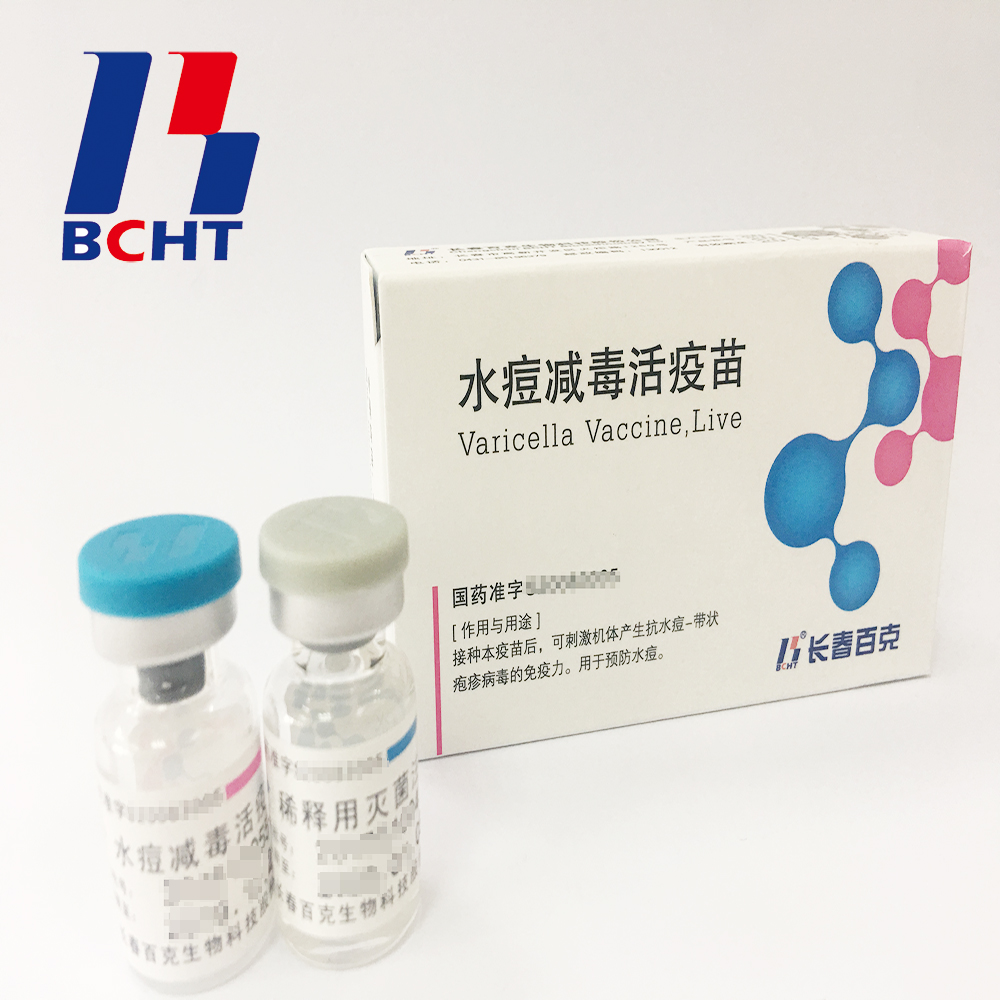First, the main symptoms of rapeseed strains are initially close to the ground stems and leaves appear dark depression spots. When the humidity is high, light brown spider filamentous mycelium grows on the lesions, and the diseased leaves wilted yellow and fall off easily. The roots and stems of the seedlings were damaged, brown spots appeared on the base of the stems or near the ground, and they were slightly sunken. Afterwards, they gradually shrank, and the roots and stems were fine and the diseased seedlings were folded. In the adult plant, the rhizomes are enlarged, and the roots are covered with gray-black pits and are slightly soft. The main roots are easily broken. There is a small amount of secondary roots in the upper part. When the seedlings are severe, the whole plant is withered, and the wintering period is not tolerant to cold, and it is susceptible to freezing and dead seedlings. Second, comprehensive prevention and control measures 1. Implement rotation to avoid redoing. The oil seedlings were sown as far as possible for two consecutive years of re-broadcasting, avoiding replanting with cruciferous crops. Select soil structure, ideal for disease-free field cultivation bases, and reduce the initial infection path of root rot. 2. Fine soil preparation and drainage. Really do not rain water in the sky, the ditch no water. For fields with low water content and easy accumulation of water, high sorghum deep ditch should be used to reduce the soil moisture in time, promote the development of roots of the seedlings and enhance the disease resistance of the plants. 3. Reasonable dense planting, appropriate time seedlings. The seedbed period is a critical period to prevent the infection of rapeseed root disease. According to the characteristics of different oil varieties, a reasonable seeding rate should be determined. The seedling age should be after 3 leaf stage and time seedlings should be removed. Weak seedlings should be removed to increase the light ventilation of seedbeds, reduce the humidity between plants, reduce the incidence of seedlings, and cultivate robust transplants. seedling. 4. Chemical control. (1) The seedbed is selected for ploughing every 667 m2 of lime powder 50 kg; or at the nursery bed, 70% for 667 m2, 1 kg for dextran wettable powder, 30 kg for dry fine soil, mix well Pharmacological soil, soil applied before sowing, soil treatment. (2) Rapeseed seedlings have just entered the initial stage of disease, they should grab sunny days and adopt chemical control in time to inhibit the disease. Use 75% chlorothalonil WP 600-700 times per 667 square meters, or 50% carbendazim WP 800-1000 times; or 70% dexamethasone WP 1000 times per 667 square meters Meter spraying liquid 60 kg. Severe disease fields are sprayed once every 7 days for 2-3 consecutive times, which has better preventive and therapeutic effects.
1.Good safety of gelatin-free.The first lyophilized Varicella Vaccine, containing no gelatin from animals, invented and produced in China. Getting rid of gelatin from varicella vaccine can significantly decrease the ratio of anaphylaxis incidence .
2.Long validity period by good stability. The first approved varicella vaccine with 36 months of validity period in the world. Adopting BH-2 stabilizer with own IP rights (Chinese patent granted No.: ZL200910138411.6, International patent application No.: PCT/CN2009/001405) greatly enhances the stability of the product and ensures the validity period for 36 months under the storage condition.
3.Better protection with high titer and immune eff icacy. It`s documented that compared with the varicella vaccine of low titer, high titer vaccine can reduce breakthrough cases by nearly 75% in vaccination. Of all released batches of Varicella Vaccine from BCHT, the titers are not less than 10000 PFU/dose tested by National Institutes for Food and Drug Control.
icacy. It`s documented that compared with the varicella vaccine of low titer, high titer vaccine can reduce breakthrough cases by nearly 75% in vaccination. Of all released batches of Varicella Vaccine from BCHT, the titers are not less than 10000 PFU/dose tested by National Institutes for Food and Drug Control.
Varicella Vaccine(Live)
Live Bioproducts Pharmaceutical,Live High Potency Medicine,Live Preventive Pharmaceutical,Varicella Biopharmaceutical Live
Changchun BCHT Biotechnology Co. , http://www.ccbcht.com
 icacy. It`s documented that compared with the varicella vaccine of low titer, high titer vaccine can reduce breakthrough cases by nearly 75% in vaccination. Of all released batches of Varicella Vaccine from BCHT, the titers are not less than 10000 PFU/dose tested by National Institutes for Food and Drug Control.
icacy. It`s documented that compared with the varicella vaccine of low titer, high titer vaccine can reduce breakthrough cases by nearly 75% in vaccination. Of all released batches of Varicella Vaccine from BCHT, the titers are not less than 10000 PFU/dose tested by National Institutes for Food and Drug Control.